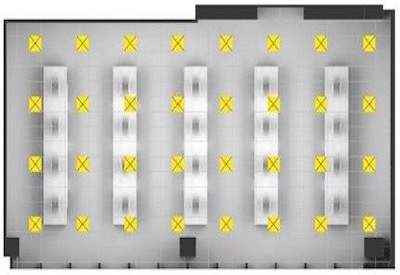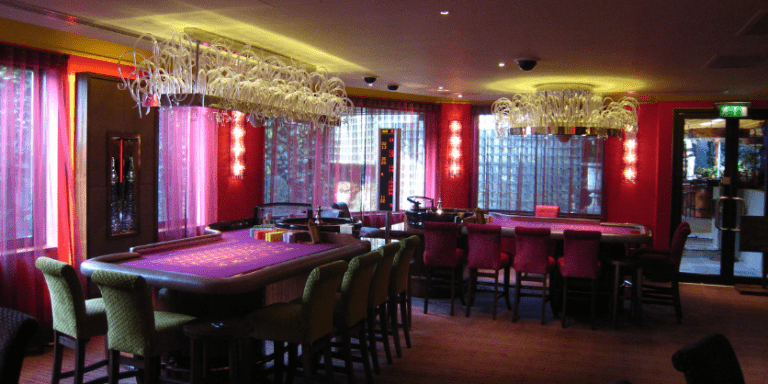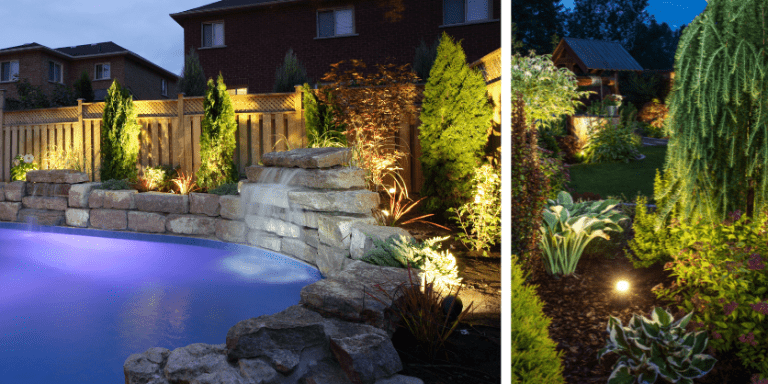Lighting Controls Market, A Generation Later
By USLightingTrends Team
Did you know that a generation is defined as a 20-year cycle? The lighting controls market has changed much in a generation. Consider these 8 changes:
1. Shift from manual switches to programmable and addressable controls: Lighting controls have evolved from using manual switches to control lighting fixtures to programmable and addressable controls. Modern lighting controls are connected to a closed network consisting of relays, power supplies, power packs, sensors, and control points. This shift has allowed for greater flexibility in installation and future revisions.
2. Integration of artificial intelligence (AI): The next generation of lighting control systems is likely to take advantage of artificial intelligence (AI) for dynamic programming and behavior. AI can learn patterns and improve energy efficiency through reactive and predictive assessments of the environment and occupant behavior.
3. Change in the way lighting controls are specified: Historically, single-line diagrams were used to convey how lighting controls were to be wired. However, with the rise of digital, programmable lighting control systems, designers now use lighting sequence narratives or tables to convey the intent of the controls. This method describes the system behavior instead of focusing on how the system is to be configured.
4. Distributed lighting control systems: Distributed lighting control systems consist of a network of remote modules connected to a digital network via network hubs. These systems facilitate communication with lighting control devices through the digital network and allow for the placement of control modules above accessible ceilings, within lighting fixtures, or adjacent to the rooms they control.
5. Centralized lighting control systems: Centralized lighting control systems are designed as a network of lighting relay panels integrated into a digital network. These systems are managed through a system server or central station and allow for programmable operation of lights through relays and control devices. They also include features such as time and sequence scheduling, monitoring of system events, and integration with building automation systems.
6. Digital addressable lighting interface (DALI) control systems: DALI control systems are designed as a digital lighting control network that connects DALI-compliant digital addressable ballasts, control modules, and lighting control devices. These systems enable control of individual ballasts, modules, and devices based on signals received through the DALI-compliant bus.
7. Advancements in wireless controls: Wireless controls have become more prevalent in lighting control systems. They offer installation flexibility and allow for easy reconfiguration of control devices. Wireless controls can include sensors, wall controls, remotes, and other devices.
8. Emphasis on energy efficiency and sustainability: With the rise of LED lighting, there has been a greater emphasis on energy efficiency and sustainability in lighting control systems. Lighting controls now incorporate features such as daylight sensing, dimming capabilities, and integration with other building systems to optimize energy use and reduce environmental impact.
These changes have led to more advanced and flexible lighting control systems that offer improved energy efficiency, customization, and ease of use. For more on these changes and other insights into lighting and lighting controls, download the summer edition of Consulting-Specifying Engineer’s eBook titled CSE Lighting & Lighting Controls eBook, sponsored by Lutron









